Is Colombia safe for travellers? Where to go and where to avoid
6 min readSafety and security always come up when people mention Colombia. Thirty years ago, when Cali and Medellin were battlegrounds for their respective and rival cartels, murder and mayhem led to the country being blacklisted by international tourism. The Farc and other guerrilla movements made the countryside as dangerous as the cities. Great progress has been made in recent years. Cartagena is a popular cruise stop, and Bogota airport is busy with tourist and business flights, including Avianca’s direct flight from Heathrow — relaunched in 2014 after a long hiatus. However, there are a few precautions to take and things to consider before visiting. If you go on an organised tour, all of the below will be taken care of. But many people visit Colombia independently and you may wish to spend some days in the country before or after a tour. Here’s what you need to know when visiting Colombia.
Become a subscriber and, along with unlimited digital access to The Times and The Sunday Times, you can enjoy a collection of travel offers and competitions curated by our trusted travel partners, especially for Times+ members
This article contains affiliate links, which may earn us revenue
Is it safe to visit Colombia?
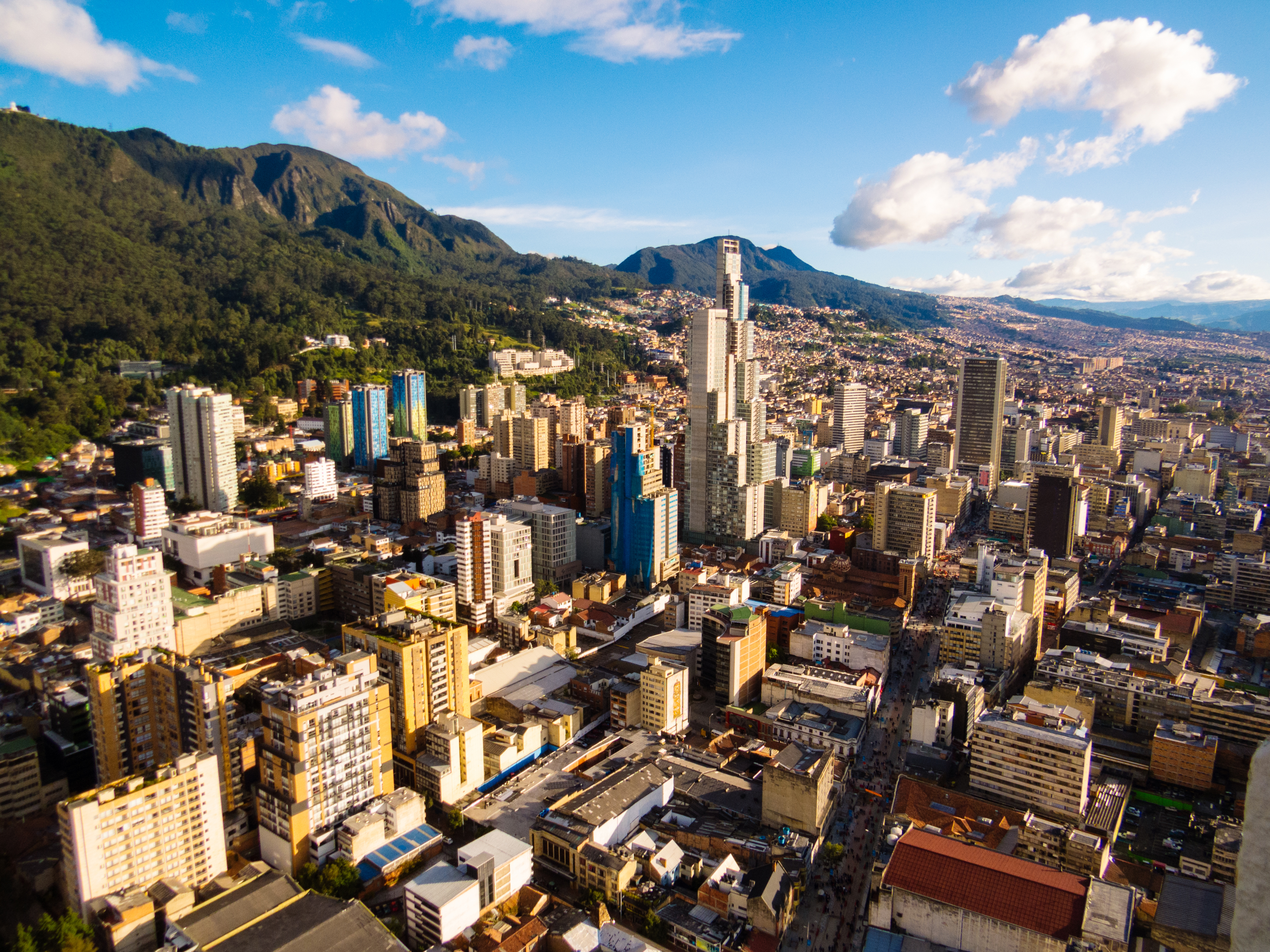
The city of Bogota has a population of eight million
GETTY IMAGES
The Foreign Office advises against all but essential travel to many areas, and publishes a map showing the regions to be avoided in orange (gov.uk). Most are removed from the main tourism centres, notably the border with Venezuela, where there have been tensions involving armed groups, and along the Pacific coast, which has a long history as a drug-smuggling hotspot.
The regions bordering Panama and Ecuador are also to be avoided. Travel insurance might be invalid if you venture into these no-go areas. The Darien Gap is considered particularly dangerous due to the presence of several illegal armed groups and immigrant and drug trafficking. Only visit the Lost City in the Sierra Nevada de Santa Marta as part of an organised tour.
Advertisement
Elsewhere, the main issues are the usual ones found in many urban centres — pickpocketing, ATM scams and occasional muggings. Do not carry large amounts of money or wear expensive jewellery, and use ATMs during business hours inside a bank, supermarket or large commercial building. Be aware before and after using an ATM on the street — robberies are common, especially at night.
What is the Foreign Office advice?
Armed robbery is unlikely but the Foreign Office advises “British nationals have been robbed at gunpoint in the Candelaria area of Bogota and across many cities in Colombia”. Backpackers report this being prevalent in Cali, and have been advised locally to take cabs and not wait or walk in the streets. Tourists are advised to be vigilant, particularly if circulating in public places used by foreigners, or near official buildings. Deprived areas of cities should be avoided, so too walking in quiet streets after dark.
How can I get around Colombia?
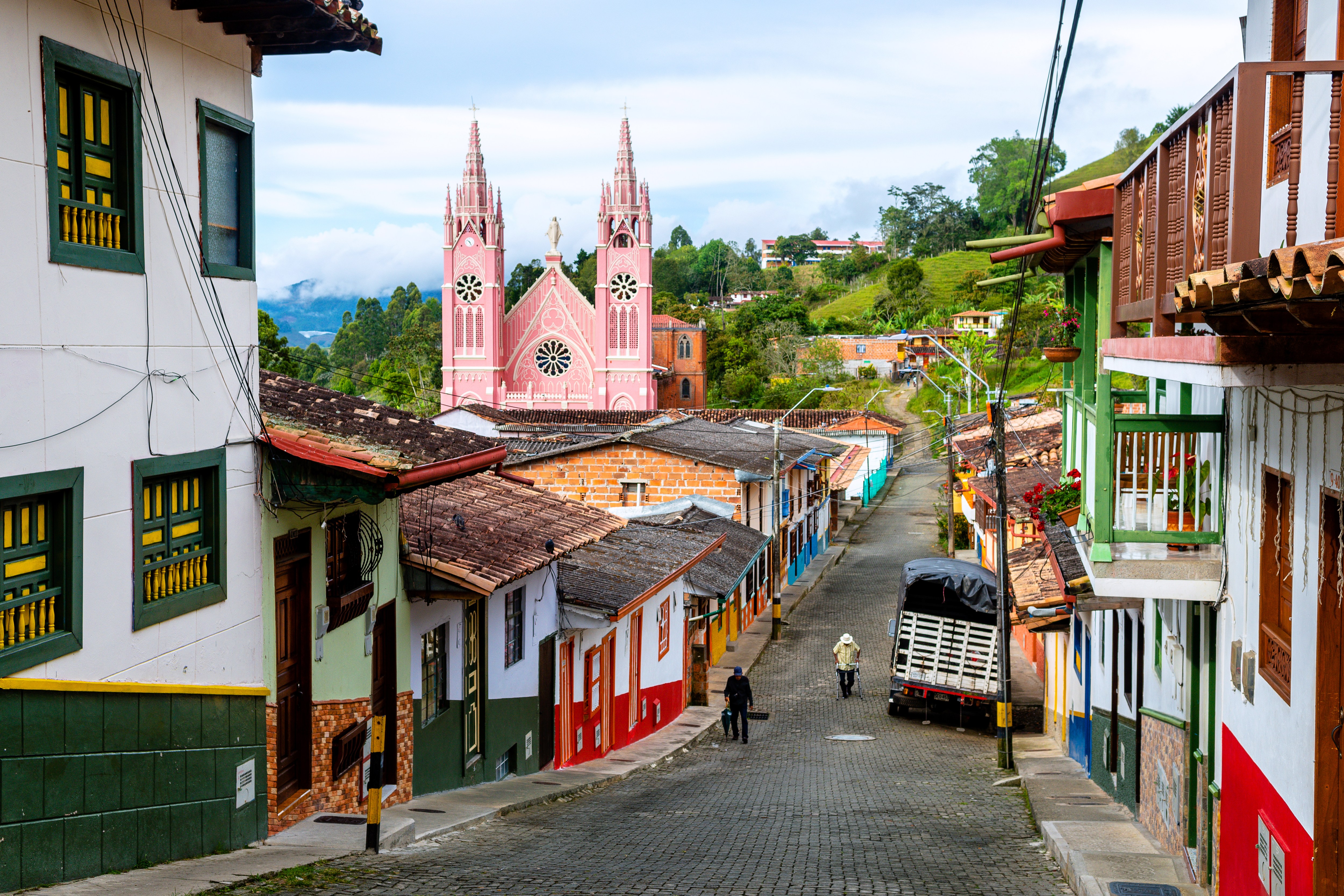
The town of Jerico in Antioquia
GETTY IMAGES
Colombia has three Andean mountain ranges, with high passes and zigzagging trail roads. Many nationals use flights to travel around and this is generally recommended for foreign travellers. Flights are frequent and safe, and journey times are a fraction of the equivalent trip by road. For local transfers, only use taxis recommended by a hotel or tour firm.
• Read our Colombia travel guide
• Best places to visit in South America
What do tour operators say?
Charlie Thomas of Journey Latin America says: “Over the last ten years, much of Colombia has benefited from a huge improvement in safety and as a result it’s seen a significant increase in visitors from the UK. As when travelling in any major town or city around the world, you should only carry as much cash as your insurance will cover, keep valuables locked in a safe, avoid wearing expensive jewellery or carrying a mobile phone and camera in plain view. You should also avoid walking in empty areas, especially at night, or where there are large gatherings of protesters. Most of this is common sense but it’s easy to forget when you’re on holiday.”
Advertisement
Cartology Travel’s co-founder Justin Huxter said: “Colombia is very safe for travellers and no extra precautions are needed. The only place that a visitor wouldn’t go to is the very north, on the border with Panama, as that is wild and unpoliced and where the cartels operate, but there isn’t really anything there that a tourist would go for so it doesn’t impact a trip to Colombia.
He added: “Having a guide does help access the best the destination has to offer as a lot of the best restaurants, shops, cafes, bars and galleries are tucked away, especially in Bogota.”
Where should I go?
Cartagena de Indias
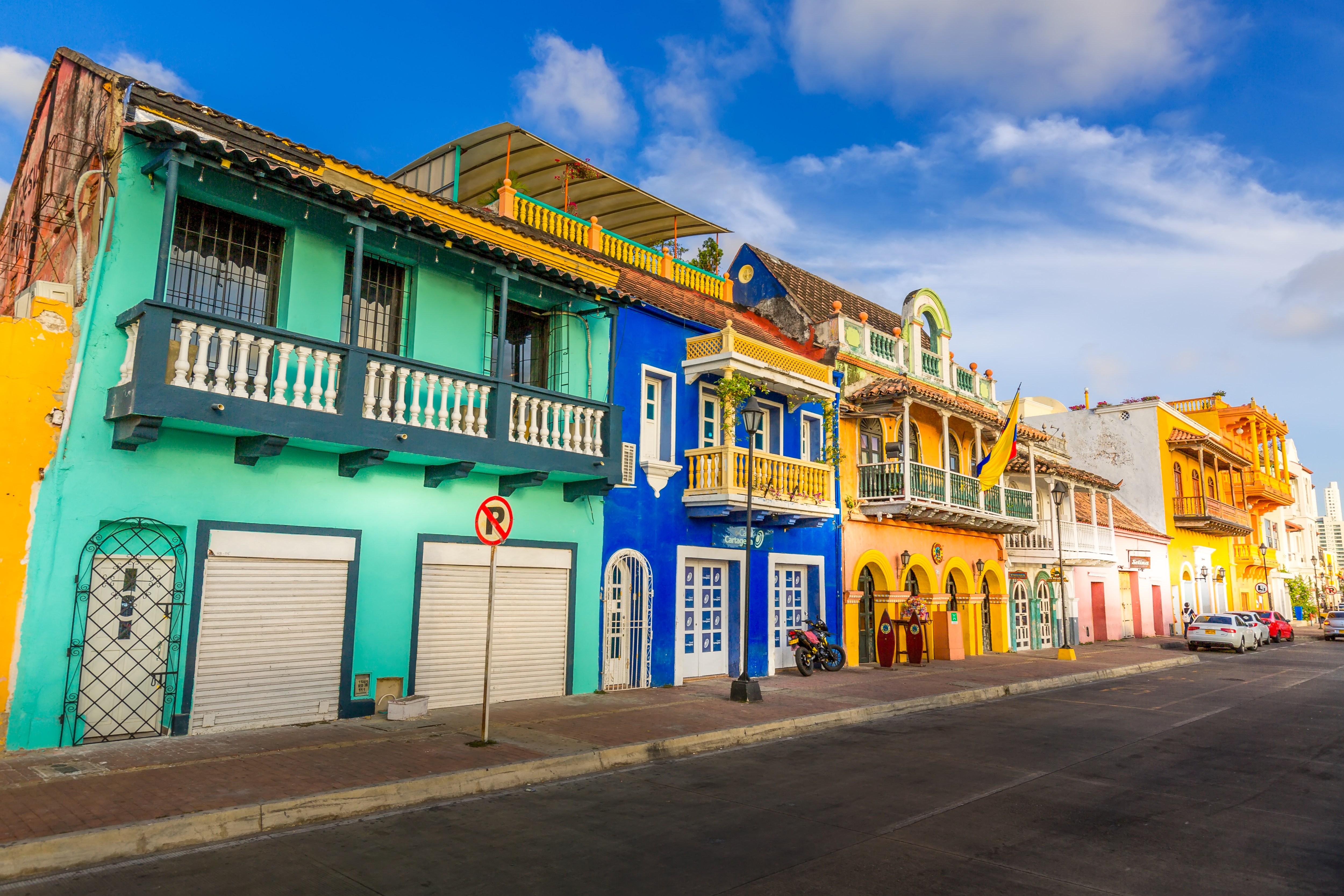
The Getsemani district of Cartagena
GETTY IMAGES
This beautiful coastal city, bounded by stone walls, was a big port and administrative centre during the Spanish imperial era. Today its cobbled streets are lined with ochre and terracotta-hued mansions turned into hotels, restaurants, museums and galleries. Cartagena is easy to combine with Santa Marta along the coast, and with boat trips out to the nearby islands: Isla de Baru, with white-sand beaches and palm trees, and the Islas del Rosario, known for their coral reefs.
The Coffee Triangle
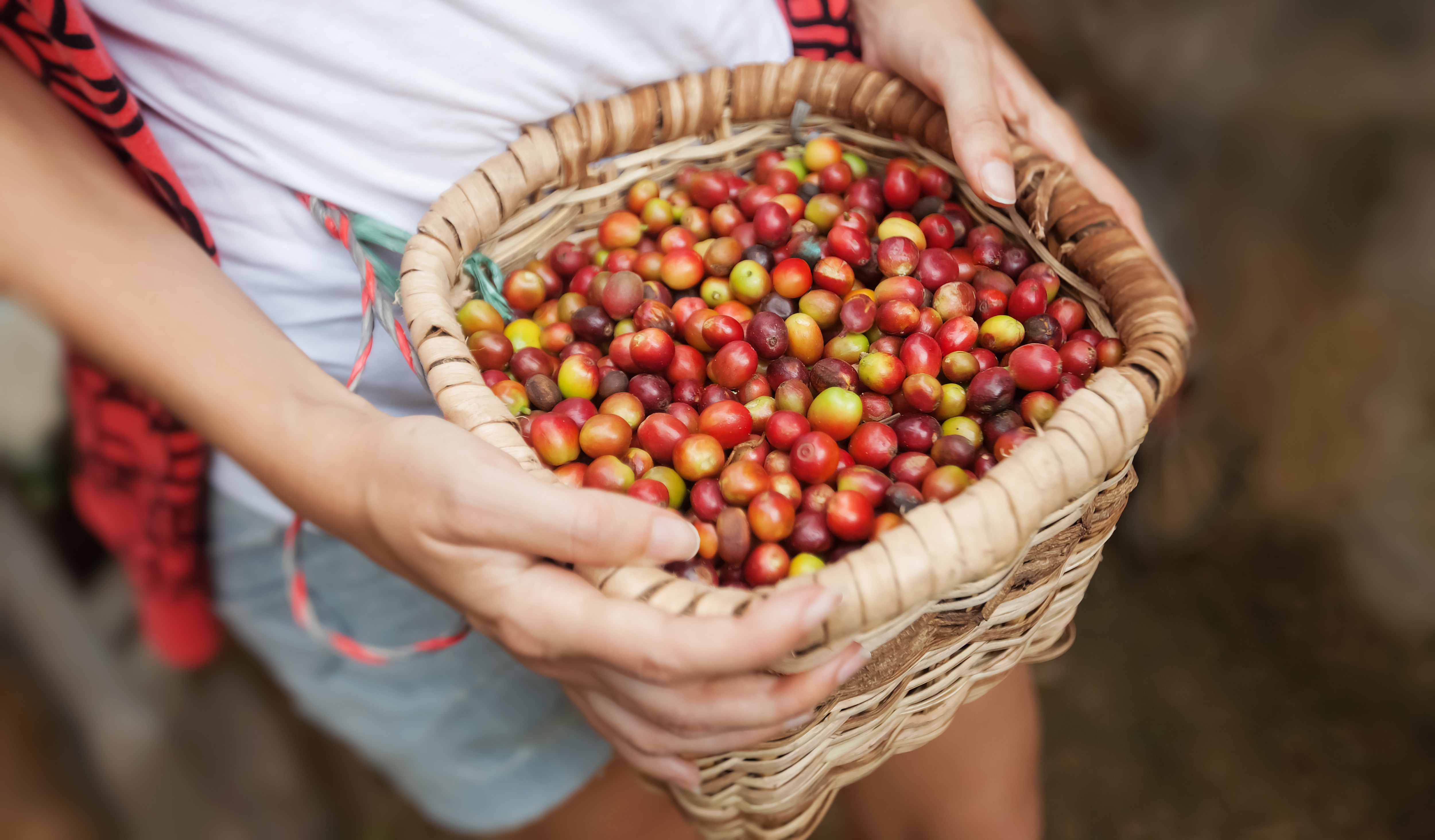
Ripe coffee beans from the plantations in Colombia’s Coffee Triangle
GETTY IMAGES
Armenia, Manizales and Pereira are the three main towns of the so-called Eje Cafetero, or Coffee Triangle. The region is lush and verdant, with sun-and-shade coffee plantations dotting hillsides all the way to the horizon. There are plenty of hotels in the towns but a hacienda stay is recommended, as is a coffee “cupping” (tasting session).
Bogota
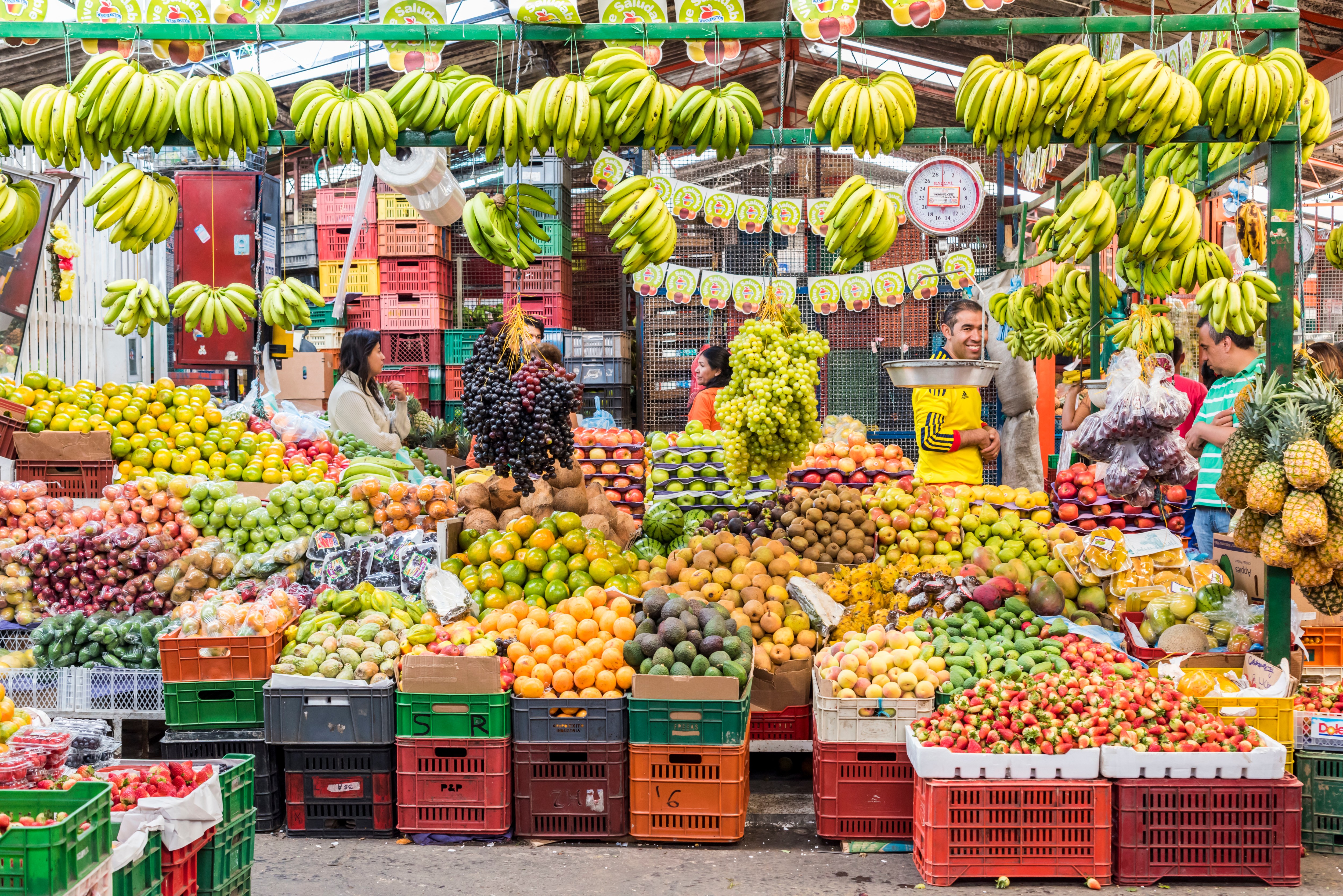
Paloquemao market in Bogota
GETTY IMAGES
With a population exceeding eight million, Bogota is a metropolis, with an alluring old centre, several cool and contemporary quarters, smart hotels and a lively local gastronomy scene. The original pre-Colombian inhabitants of Bogota, the Muisca, were master goldsmiths; the city’s Gold Museum is a world-class showcase of precious metalwork (£1, but free on Sundays; banrepcultural.org).
Colombia’s old towns
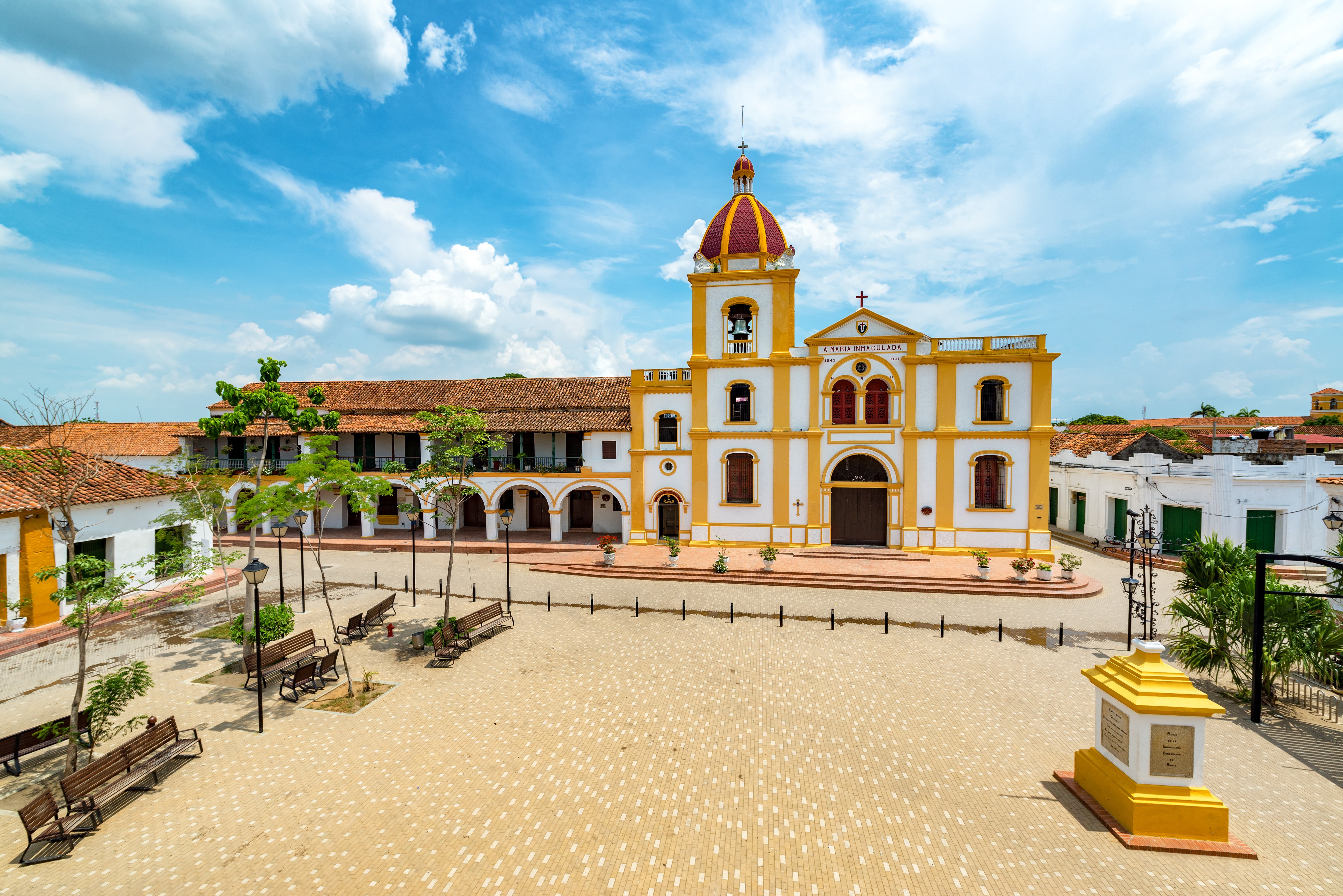
The Church of the Immaculate Conception in Mompox
GETTY IMAGES
Advertisement
If they were in any other South American country, the gorgeous colonial-era towns of Giron, Mompox, Villa de Leyva, Barichara, Popayan and Neiva would be sold as part of a themed circuit. In Colombia, they attract local visitors and some international tourists but are not museum towns at all.
Providencia
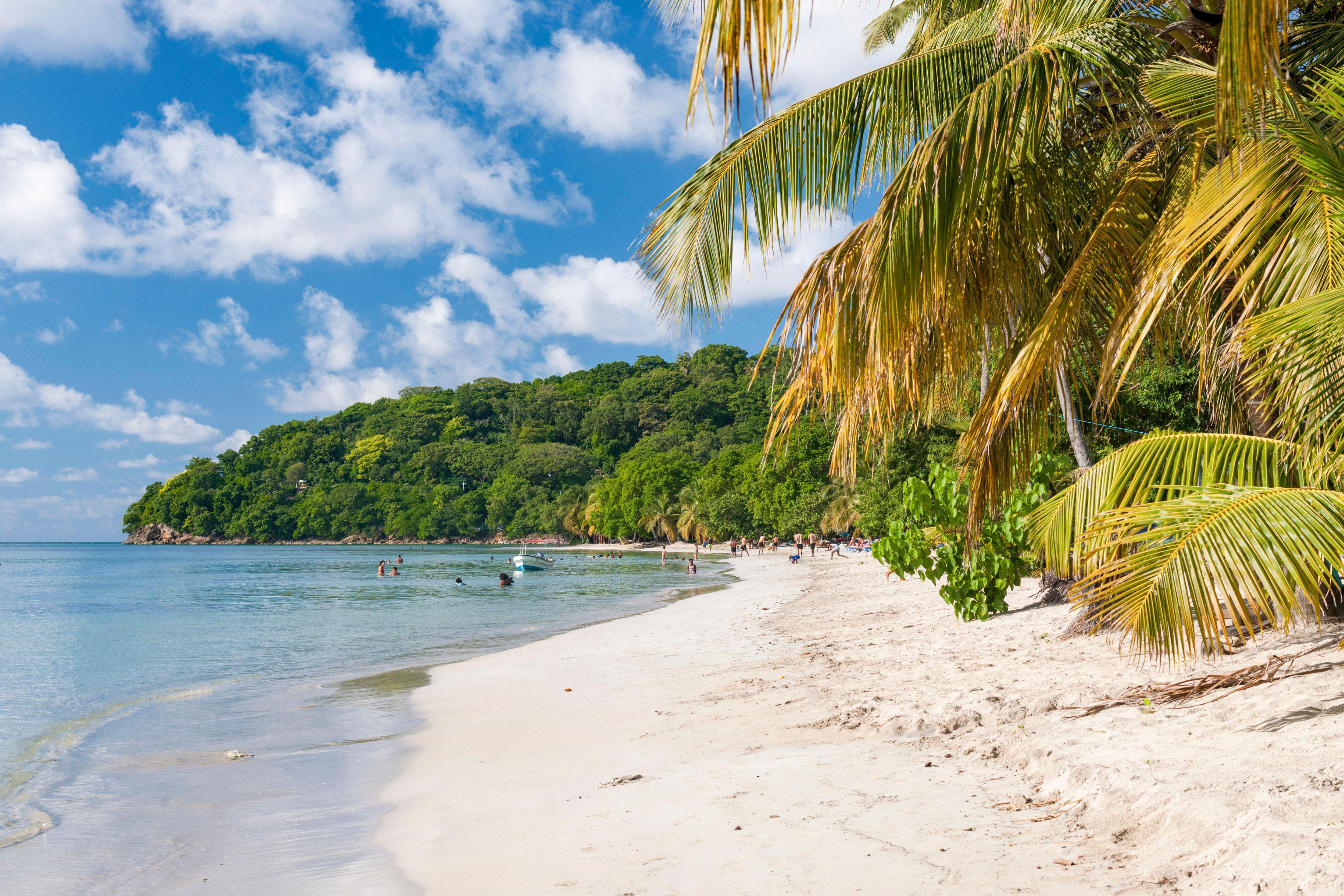
Southwest Bay on Providencia island
GETTY IMAGES
Providencia, aka old Providence, is a small dot of forested rock that’s closer to Nicaragua than Colombia. Locals speak Creole, English and Spanish, and reggae is more popular than salsa. It’s been spared the high-rise hotels and resorts that you see in the Anglophone Caribbean.
The tours to make it happen
1. Tour the ecosystems
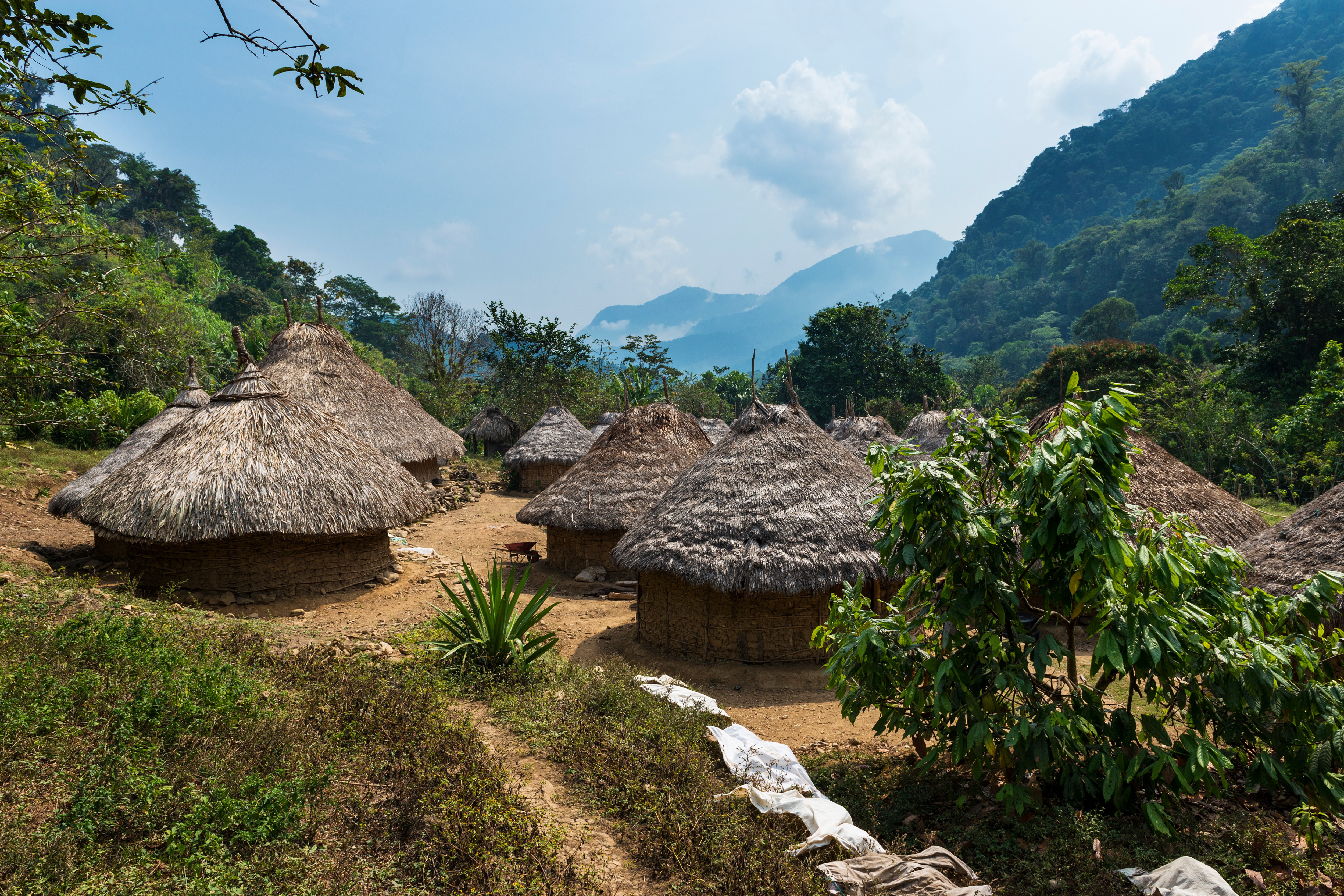
Kogi village in the Sierra Nevada de Santa Marta
GETTY IMAGES
Visit Colombia’s corner of the Amazon, the Caribbean Islands, the verdant Coffee Triangle and the snowcapped Sierra Nevada de Santa Marta, as well as Bogota, the quaint town of Barichara, Tayrona National Park and Cartagena. You’ll stay in luxury hotels, including the Four Seasons in Bogota.
Details 11 nights’ B&B from £9,560pp, including flights, transfers and guides
cazloyd.com
2. Colonial towns and pre-Columbian ruins
Advertisement
Twenty years ago, San Agustin was off limits, but you can now join a tour (the Foreign Office advises against independent visits) to its impressive archaeological park — the site of more than 100 statues, some thought to date from 3,300BC, and circular burial houses set in the forest. Journey Latin America’s group tour also includes Popayan, Mompox and Aracataca. Accommodation is in boutique guesthouses.
Details 15 nights’ B&B from £2,904pp, including domestic flights, transfers and excursions. Fly to Bogota
journeylatinamerica.com
3. Colombia with Cuzco
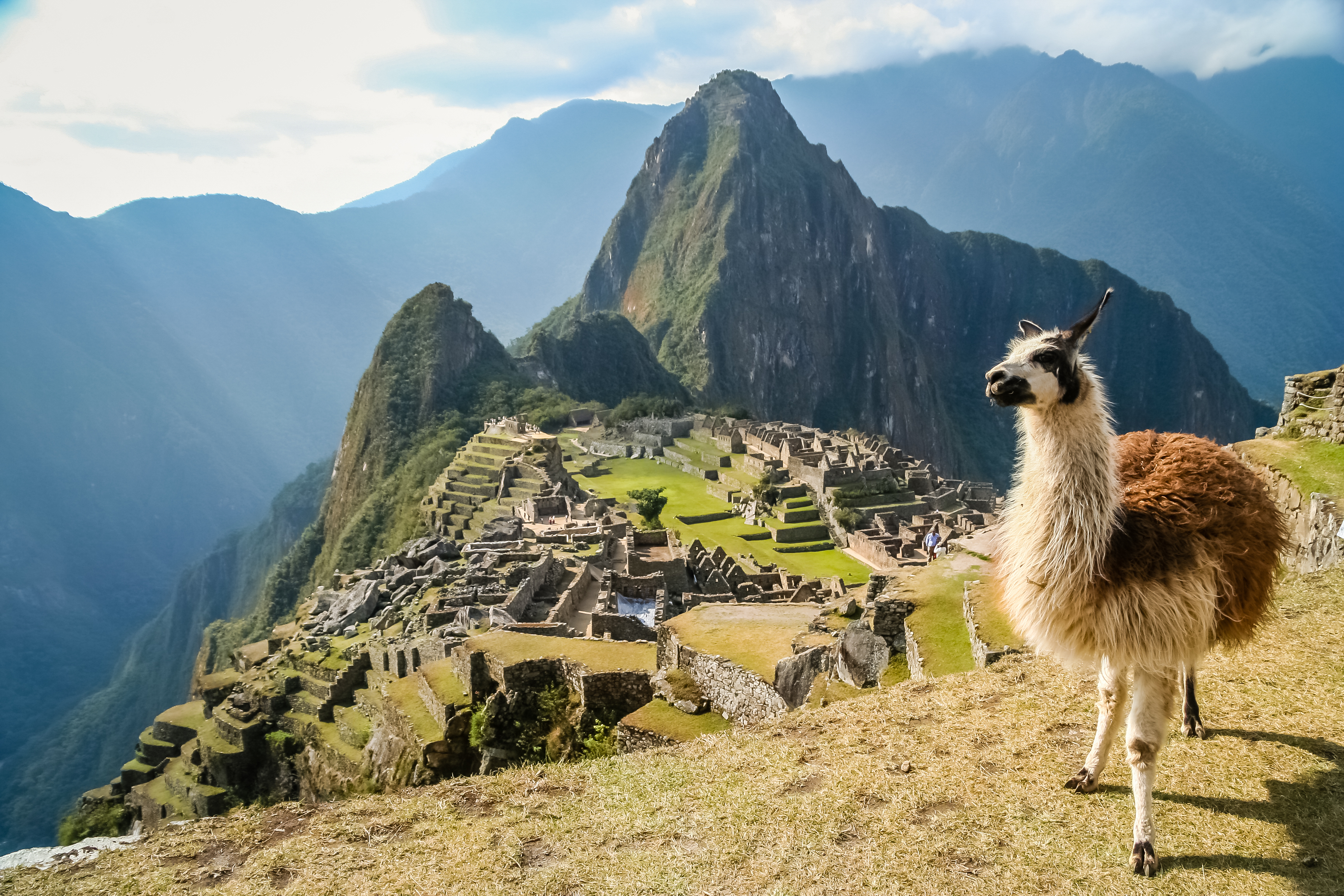
The ancient Inca town of Machu Picchu in Peru’s Sacred Valley
GETTY IMAGES
Take advantage of the direct flights between Bogota and Cuzco launched by Avianca in October 2023 to combine stays in Cartagena, Colombia’s capital, including the Gold Museum, and in Peru’s Sacred Valley. Smart lodges and hotels will be the bases for your stays.
Details 12 nights’ B&B from £3,925pp, including international and domestic flights, guides and entrance fees
Advertisement
coxandkings.co.uk
• The safest countries for LGBT travellers
• Best South America cruises
Sign up to the Times Travel newsletter for weekly inspiration, advice and deals here



